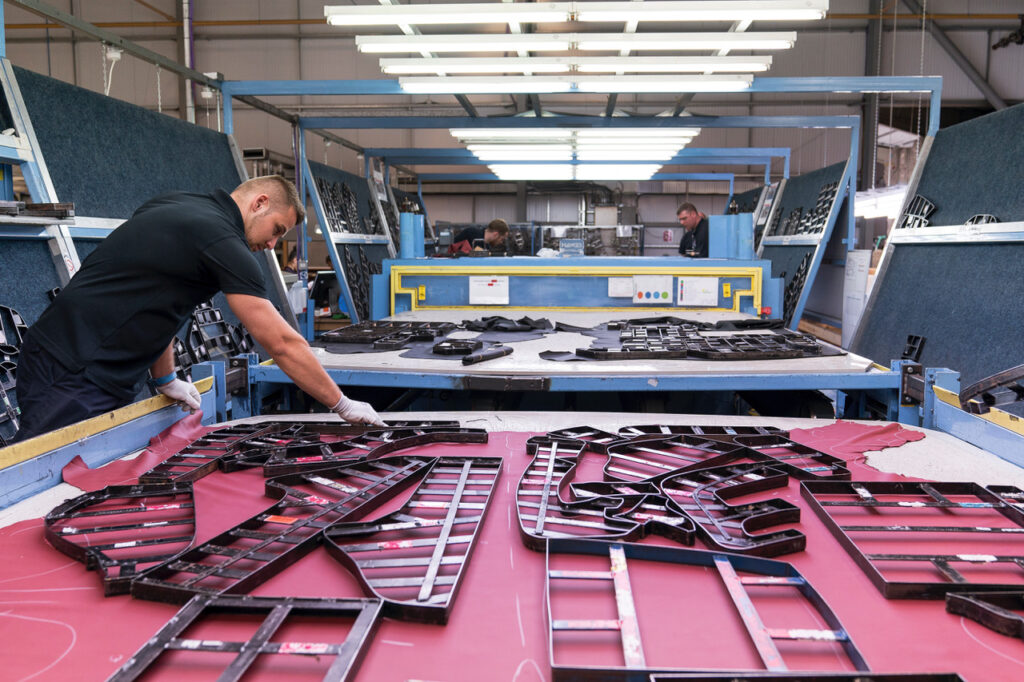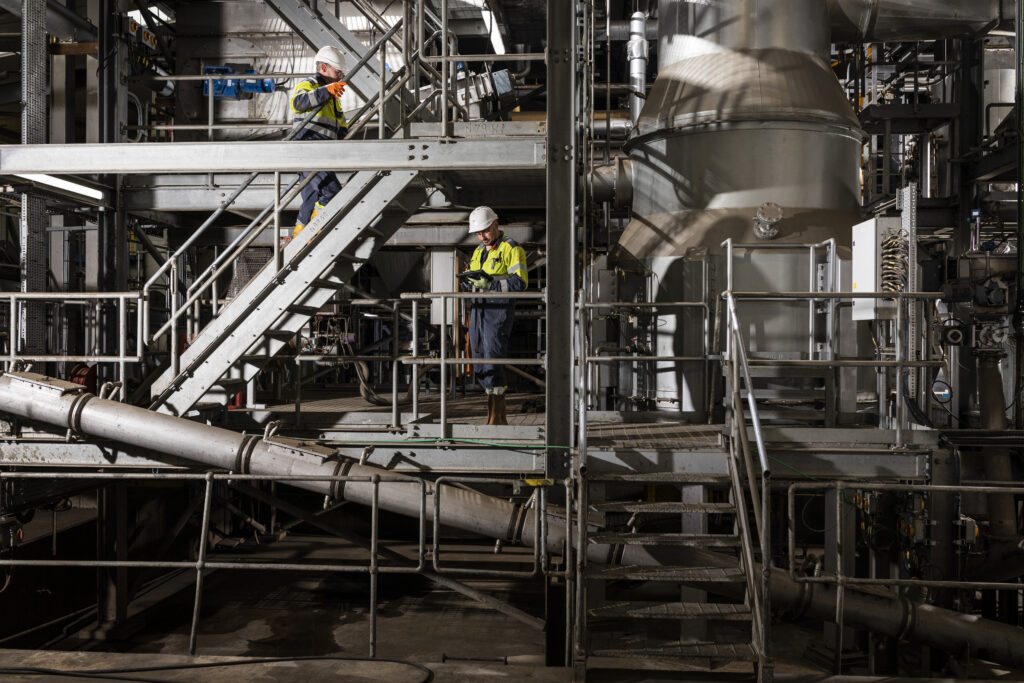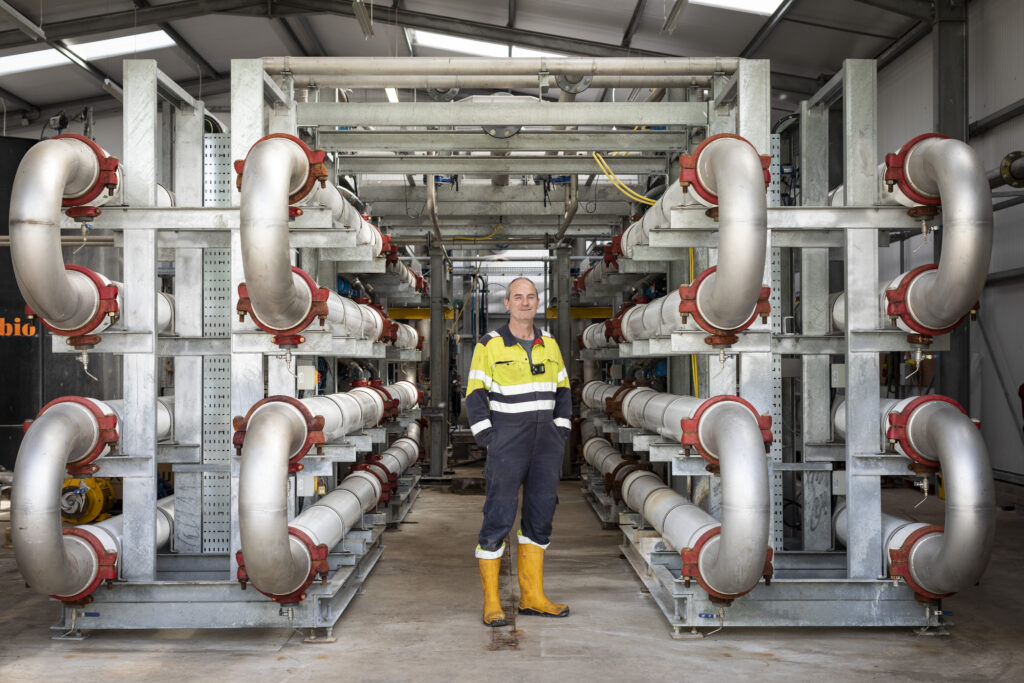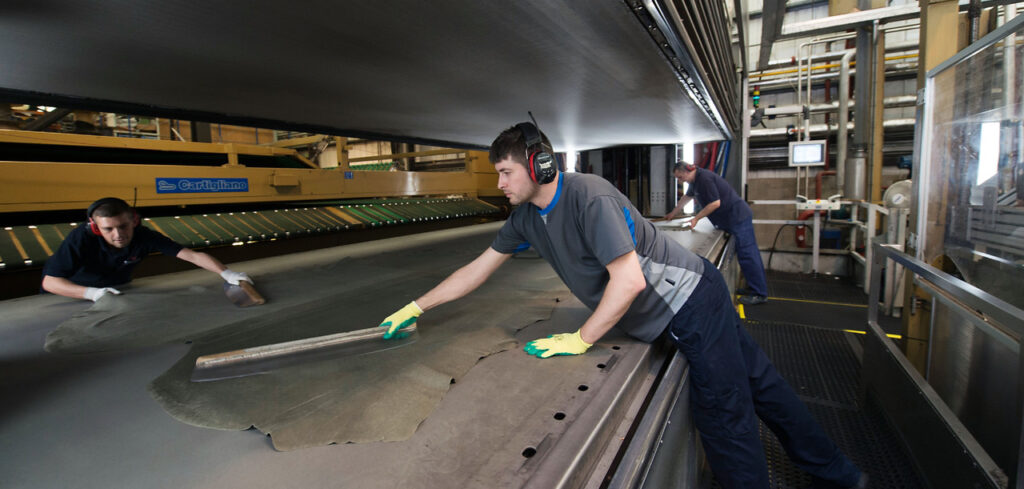Bridge of Weir Leather (BoW), a tannery based in Renfrewshire, Scotland, is implementing a range of new technologies and processes to make its operations as environmentally sustainable as possible and has completed a full lifecycle analysis (LCA) of its portfolio products, which can then be used by its automotive customers to assess their own sustainability impact.
From a sustainability perspective, one of the most significant elements to address is cutting the carbon miles its materials rack up. “With our production, we do it all in one place, and we are really different to the rest of the world leather industry,” says Warren Bowden, innovation and sustainability director at Scottish Leather Group, of which BoW is a part.
“Typically hides will move around the world, to one factory in Italy, then go to China or somewhere else, moving all over the planet in various networks and supply chains. We don’t do that; we take it all in and we process it from the raw hide to the finished product and even cut pieces all in one factory. We have complete control, and complete custody of it.”
 With leather manufacturing being a notoriously wasteful process, BoW has also tried to make its production as ‘circular’ as possible, reducing the volume of materials that are discarded. This has entailed not only working on its own internal methodologies, but also ensuring that its supply chain is as efficient as possible.
With leather manufacturing being a notoriously wasteful process, BoW has also tried to make its production as ‘circular’ as possible, reducing the volume of materials that are discarded. This has entailed not only working on its own internal methodologies, but also ensuring that its supply chain is as efficient as possible.
“Roughly, only 10% of the raw hide ends up becoming product, and because we control all of that, we can use those by-products for adding value,” explains Bowden. “The co-products come out of production in the early stages, and go off into the food sector, as sausage skins or gelatin, carrying a [carbon] allocation with them. We also convert our own waste into heat and put it back into our own factory. Which creates this virtuous circle.”
 The company sources 99% of its hides from the UK and Ireland. There are multiple reasons for this – the aforementioned carbon mile and also because both countries rank highly in terms of animal welfare.
The company sources 99% of its hides from the UK and Ireland. There are multiple reasons for this – the aforementioned carbon mile and also because both countries rank highly in terms of animal welfare.
Simon Cook, technical director at BoW, notes that addressing some of the traditionally ‘dirty’ elements of leather production has proved challenging, for example, changing the chemicals used in the tanning process: “A lot of the tanning processing chemicals used have been the same for a long, long time but now we are starting to challenge some of those processes. We are questioning all the chemicals and chemistries that we have used for many years and are looking at other ways of doing it that have a lower impact on the environment, but that still give us the same luxurious and high performing product that we can sell to our customers.
“We are even starting to look at how we save the hair [from the hides],” he adds. “Rather than it being burnt off, we can start to save the hair. We can use it, we can sell it, we can use it as fuel for our plant.”
Bowden explains that BoW has carried out a lifecycle analysis of its products over the past few years, looking at where the various environmental impacts stem from: “Simon and I have quantified the LCA impact of every single product, or product line, and then looked at the differences between them. It is a scientific approach to measuring impact.”
 “In terms of the LCA, almost half of our footprint comes from the upstream – the animal. And the other half, 95% of it is chemistry, most of it in the re-tanning stage.”
“In terms of the LCA, almost half of our footprint comes from the upstream – the animal. And the other half, 95% of it is chemistry, most of it in the re-tanning stage.”
Through the implementation of LCAs and other sustainable operations, the tannery is gaining increasing attention from several environmentally conscious OEMs looking to meet stringent product sourcing goals.
“The automotive OEMs are switching on to this, their procurement thinking is starting to change,” remarks Bowden. “I think they will look to responsible businesses such as ours to lead the way in certain areas. I can see this field changing the way they buy things and the way they procure, where traceability and transparency are two key words involved in that supply chain capability. I think other OEMs will follow.”



